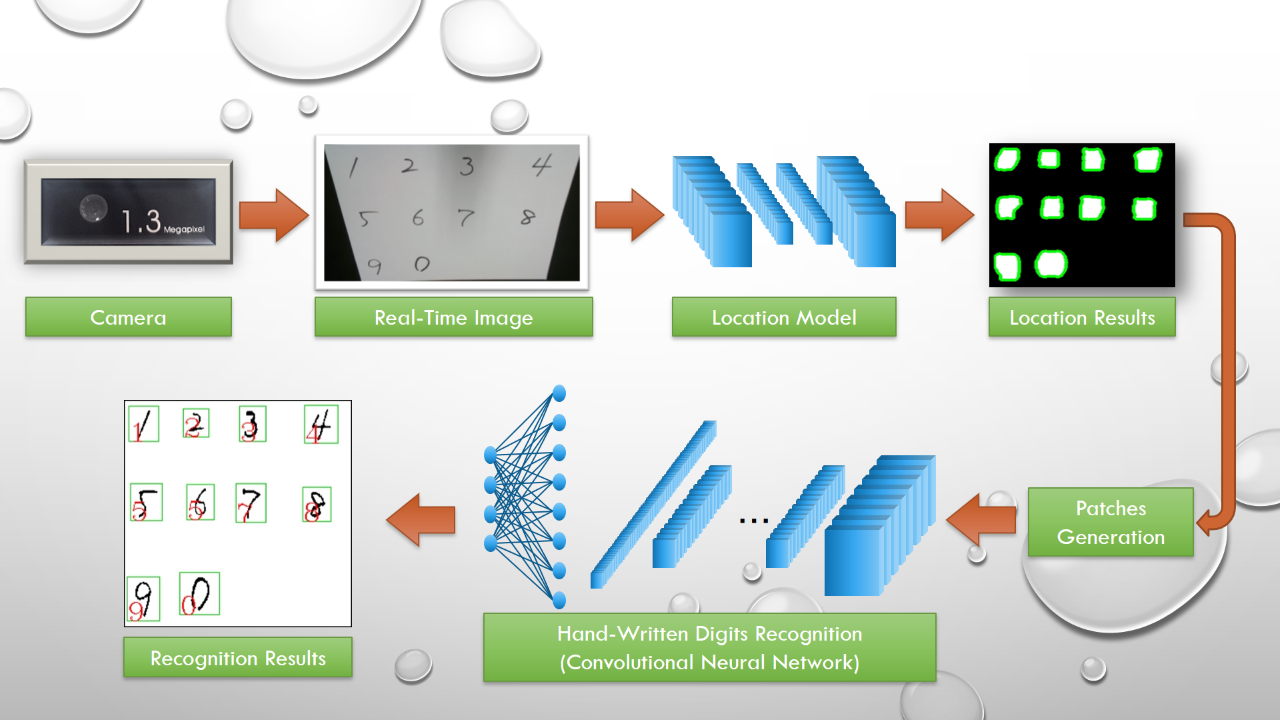AI Technology

Easy image preprocessing tool “CRAFT-IT”
We are selling “CRAFT-IT” Easy automated image processing, expert skills are available without spe […・・・・
More details>>
AI Technology・Development
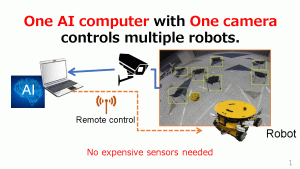
Development of a software to control vehicles automatically through a camera
We have developed a software to control vehicles automatically through a camera, just by adding "dots" on its control di・・・・
More details>>
AI Technology・Development
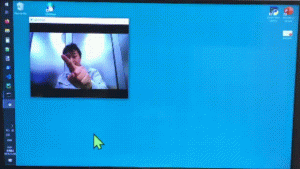
“UbiMouse”, non-contact operation AI software that enables operation without touching the screen
AI software that can be operated without touching a screen and controlling a mouse Smartphone and PC can be op […・・・・
More details>>
Development・Robot Technology

Remote-controlled construction robots for firefighters rescue operation
We have developed an remote-controlled construction robot working with a rescue team, and have delivered nine units to n・・・・
More details>>
Development・Robot Technology
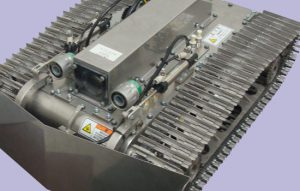
Explosion-proof work robot manufacturing · explosion-proof equipment development consulting
We design and manufacture autonomous mobile robots that can work in flammable gas filled environment that may explode. ・・・・
More details>>
Robot Technology
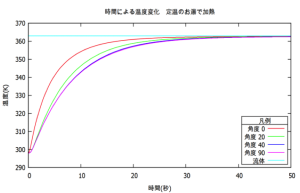
Numerical analysis
Numerical analysis of data measured with various sensors and signal processing. We are developing numerical analysis an・・・・
More details>>
